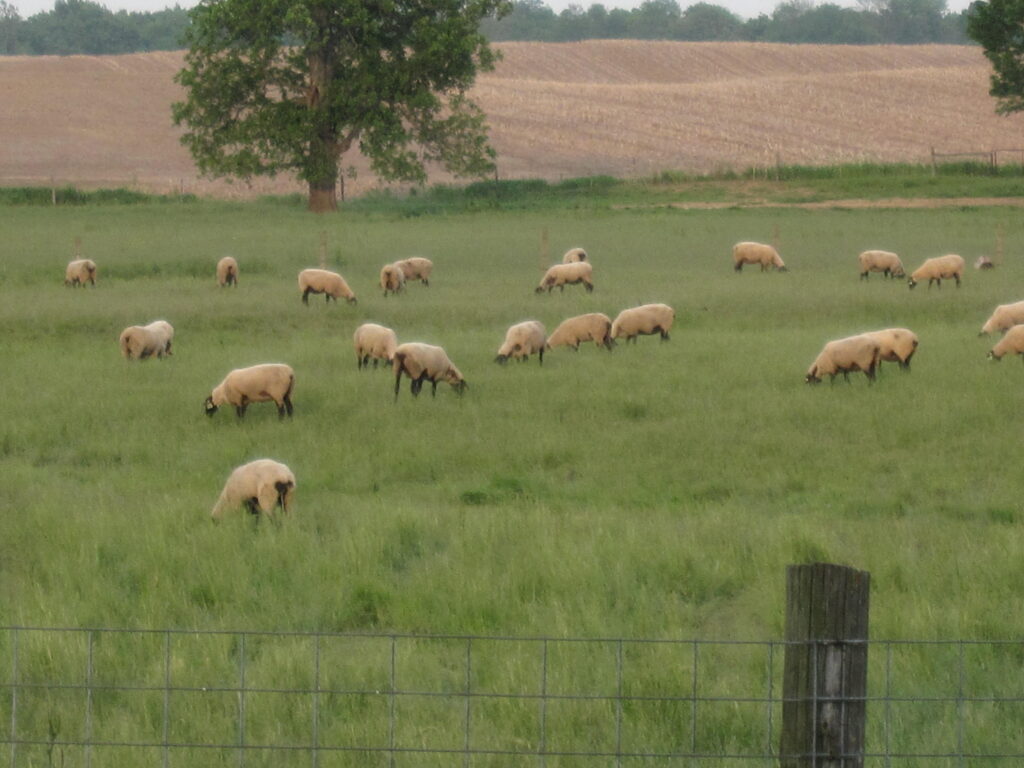
This year’s lush spring grass might be a welcomed sight after winter’s grayish brown dormancy. However, it already holds a high level of sugar in its early growth with only a few weeks of sunny warm weather. This can be devastating to many of our livestock, as well as our pastures, identifying spring grass as a blessing AND a curse.
Although an early entry into spring pastures might cause issues, so does a late one. Most experts agree that waiting too long will quickly put you behind in good pasture management right at the start. It’s generally recommended to begin grazing early over short periods. You could offer larger areas and keep the animals moving to be sure to not let them overgraze an area before moving them to another. Remember, overgrazing will be detrimental to the future growth in that area. When you give grass some time to rest, especially as summer approaches, it will enhance grazing capacity. Weakening your pastures will cost you throughout the summer and give you nutritional factors to consider, as well.
Experts report that grazing is a high-energy activity. However, due to the lower forage availability (and less forage consumed per bite) in the spring, it can sometimes require twice the energy as summer grazing. Supplementing livestock during spring grazing is a must to keep animals in peak condition. In fact, some animals often have trouble gaining enough weight on spring grass to cycle normally during the breeding season. Therefore, most experts recommend supplementing high-quality hay to add more dry matter to the spring-grazing diet and improve the animal’s nutritional state.
Horses, in particular, can be prone to intestinal issues when trying to adjust to spring grass. Restricting time and starting slowly with hand-grazing and limited turnout over several weeks is highly recommended. Early mornings before the midday sun shines on the grass can be the safest time of the day to graze since pasture plants have used up overnight much of their accumulated sugar stored during the day. And remember, if your horse has had his normal hay ration BEFORE turning him out, he’ll be less likely to overindulge on the grass.
The bottom line, keep any eye on your animals, especially as the grass gets richer. Managing spring grass growth is rarely easy, but having an effective plan in place will optimize both animal and grass production for the remainder of the season.